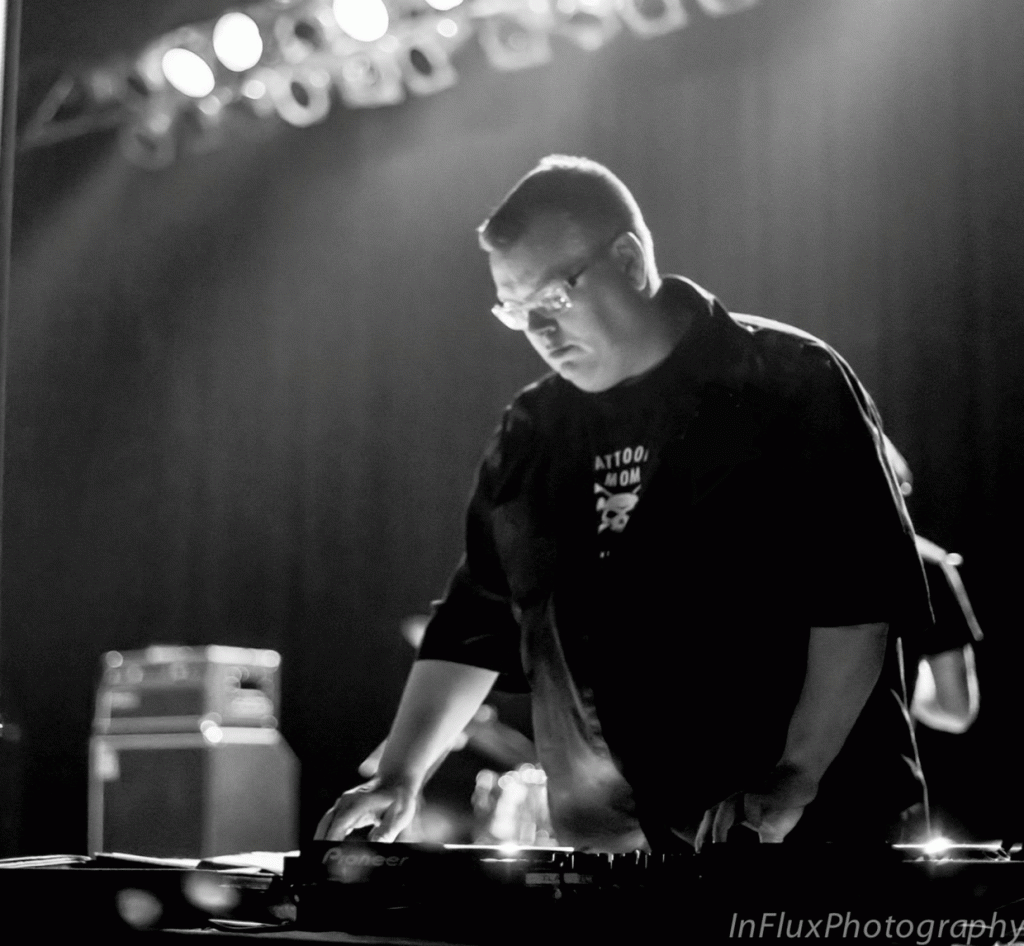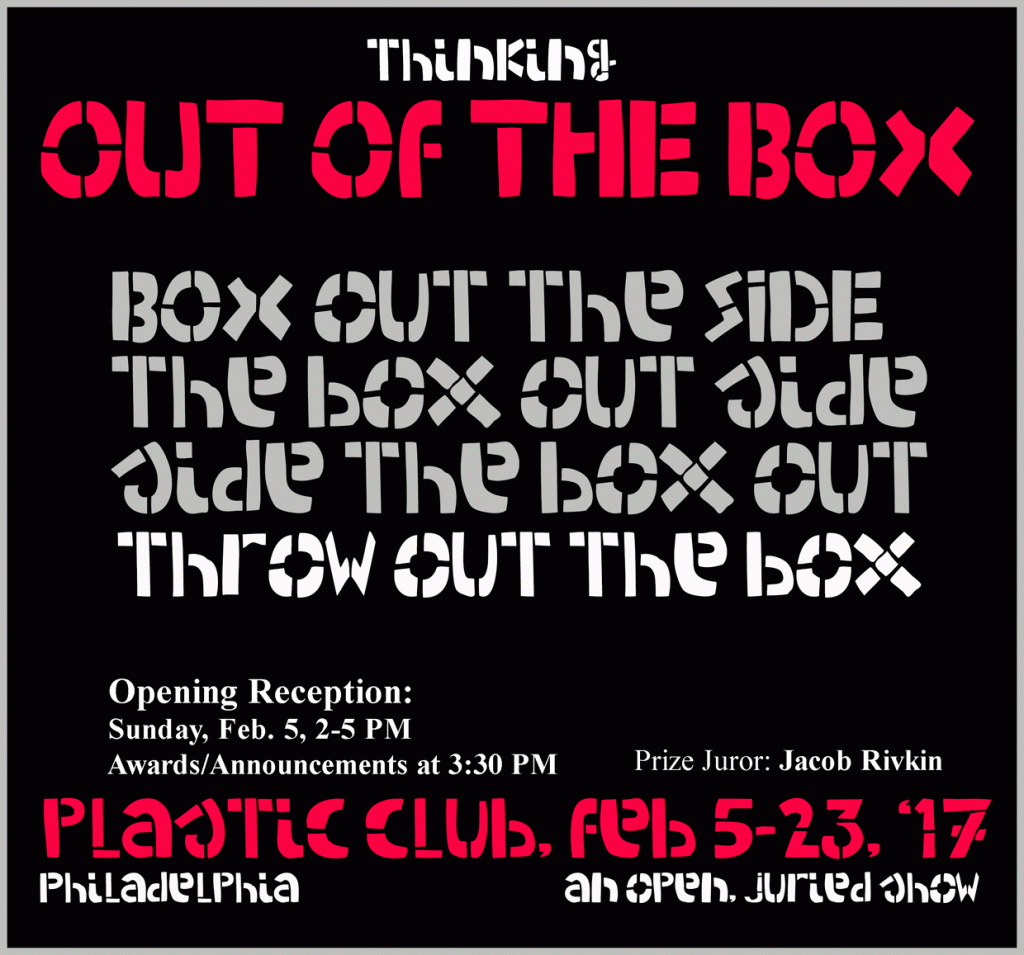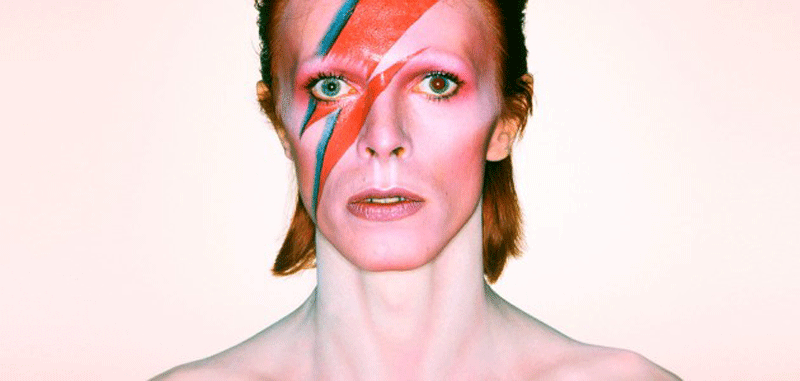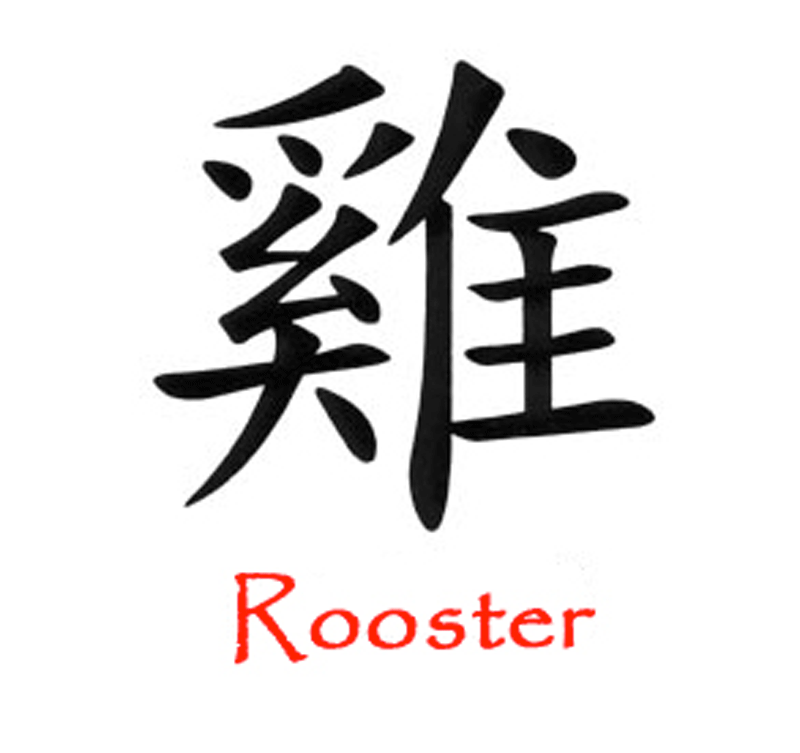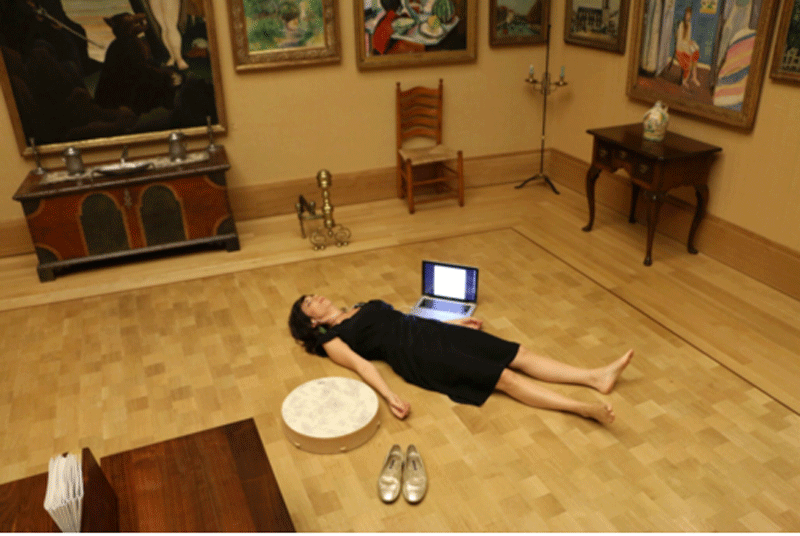DJ Robert Drake, Interview by Jimmi Shrode, 80’s New Wave Music
Robert Drake is synonymous with music in Philadelphia. When I met Robert in 1984, we were habitues of the Kennel Club, a now defunct New Wave/Punk Night Spot. The soundtrack of the Reagan era 80’s was New Wave/Post Punk music and we were steeped in it all. DJ Robert Drake is one of the most beloved radio and night club personalities in Philly. He started Sex Dwarf, a New Wave Dance Party following his 40th Birthday Party at Fluid Nightclub. Now in it’s 13th Year, Sex Dwarf is still going strong at Club Mousai at 1217 Walnut Street, Philadelphia. The second Friday of each month is a tribute to various influential New Wave Artists and music trends, such as the New Romantics, Synthpop and Electronic Music. You can listen to DJ Robert Drake on WXPN, Land of the Lost, all 80’s New Wave/Post Punk music, the Final Friday of the month from 7:00 – 11:00PM. Drake is also the co-host of Kids Corner, a live, interactive radio show for children and host of Q’Zine; a look at Queer Culture and Arts at 11:30pm on Sunday nights. Read Robert’s blog at http://djrobertdrake.com/.
Who is DJ Robert Drake? Tell me about yourself.
“Born and raised in Philly, I carry my torch for Philly high and proud …. I love my hometown and always look for a chance to showcase it to new people. I’ve worked in radio for almost 30 years – all at one radio station (unheard of in this industry). I love music – but treasure my quiet time alone at home. I have a dog named Nomi – after my idol Klaus Nomi.”
What is your favorite part of being a Philly DJ?
“Being able to create a vibe and mood that will (hopefully) resonate with those attending the party – creating memories, friendships and even sparks of love by last call.”
Where’s your favorite place to play? Radio or clubs?
“While I love spinning for the masses – there’s something very personal about being on the radio. Even though I am reaching thousands of people at any second, I am talking to just one of them – and hopefully connecting with them as well.”
When did you decide to be a DJ?
“I stepped into the DJ mode back when I was hanging at a punk bar in Philly called The Love Club at Broad and South Streets … they had two scratchy Radio Shack turntables and I offered to play some of my LPs one happy hour … I was hooked! That had to be, wow – almost 27 years ago!”
Why do you prefer 80’s New Wave?
“As most people, it’s the soundtrack of my youth. But it’s also more – it’s inspired the current wave of pop music artists and so much of the 80s New Wave sounds like it could have been produced today … I love showcasing it!”
How would you advise aspiring DJ’s?
“As much as you might want to learn the best computer software programs – resist. Take time to learn the music itself. Don’t let the computer dictate what song should come next. Learn to read the crowd and be ready to make changes at any second. There’s no such thing as a playlist – so do NOT go into a gig with a plan. Just have fun!”
Written by Jimmi Shrode
Join Land of the Lost on facebook
Like Sex Dwarf on facebook
SEO and Photoshop by DoN.
Like DoNArTNeWs Philadelphia Art News Blog on facebook
Follow the new DoNArTNeWs.com
Follow DoN on Twitter @DoNNieBeat58
DoNArTNeWs on Tumblr
@donniebeat on Instagram
Affiliate Marketing [disclosure page] Shop on-line and help support DoNArTNeWs

